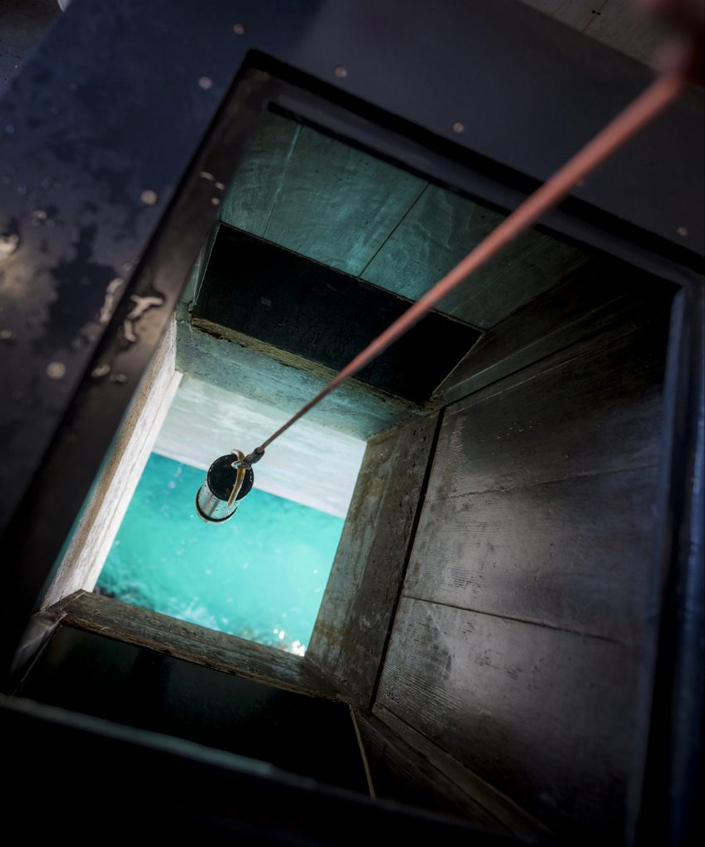Summer 2024 ‘Scrippshenge’ Moment Is Picture Perfect
UC San Diego campus photographer Erik Jepson captures the moment on Aug. 8, 2024 when the setting sun intersects with the piers of the Ellen Browning Scripps Memorial Pier.
Published Date
Story by:
Share This:
Article Content
This article originally appeared in the fall 2024 issue of UC San Diego Magazine as “Picture Perfect.”
An icon of UC San Diego’s Scripps Institution of Oceanography, the Ellen Browning Scripps Memorial Pier is a vital research facility. Spanning 1,084 feet in length, this La Jolla landmark houses several research stations operated by scientists around campus who study everything from ocean currents to marine microbiology. Small boats are also launched from either side of the pier to support nearshore research, and a set of stairs on the north side provides access for scientific diving teams.
Construction of the original Scripps Pier was completed in 1916. As soon as the pier was finished, researchers began monitoring weather, sea temperature and salinity — kickstarting the daily sampling that is still conducted today by the Shore Stations Program.
Scripps Oceanography staff, Birch Aquarium aquarists and volunteers take daily measurements from the end of the pier at the sea surface and near the bottom at a depth of 16.4 feet. A well extending through the deck of the pier allows sampling bottles to be lowered in most weather conditions. The proximity of Scripps Pier to the deep waters at the head of the La Jolla submarine canyon results in data that is representative of oceanic conditions — and a noticeable warming trend.

In 1987, after being battered by large storms in the mid-1980s, the decision was made to decommission the original pier after seven decades of service. The new pier was constructed next to the old pier and was given the name “Ellen Browning Scripps Memorial Pier” in appreciation of the institution’s early benefactor.
This iteration of the Scripps Pier has stood for more than 30 years and has continued the scientific legacy started by its predecessor. Today, more than 38,000 daily water samples have been collected … and counting.
Share This:
Stay in the Know
Keep up with all the latest from UC San Diego. Subscribe to the newsletter today.





